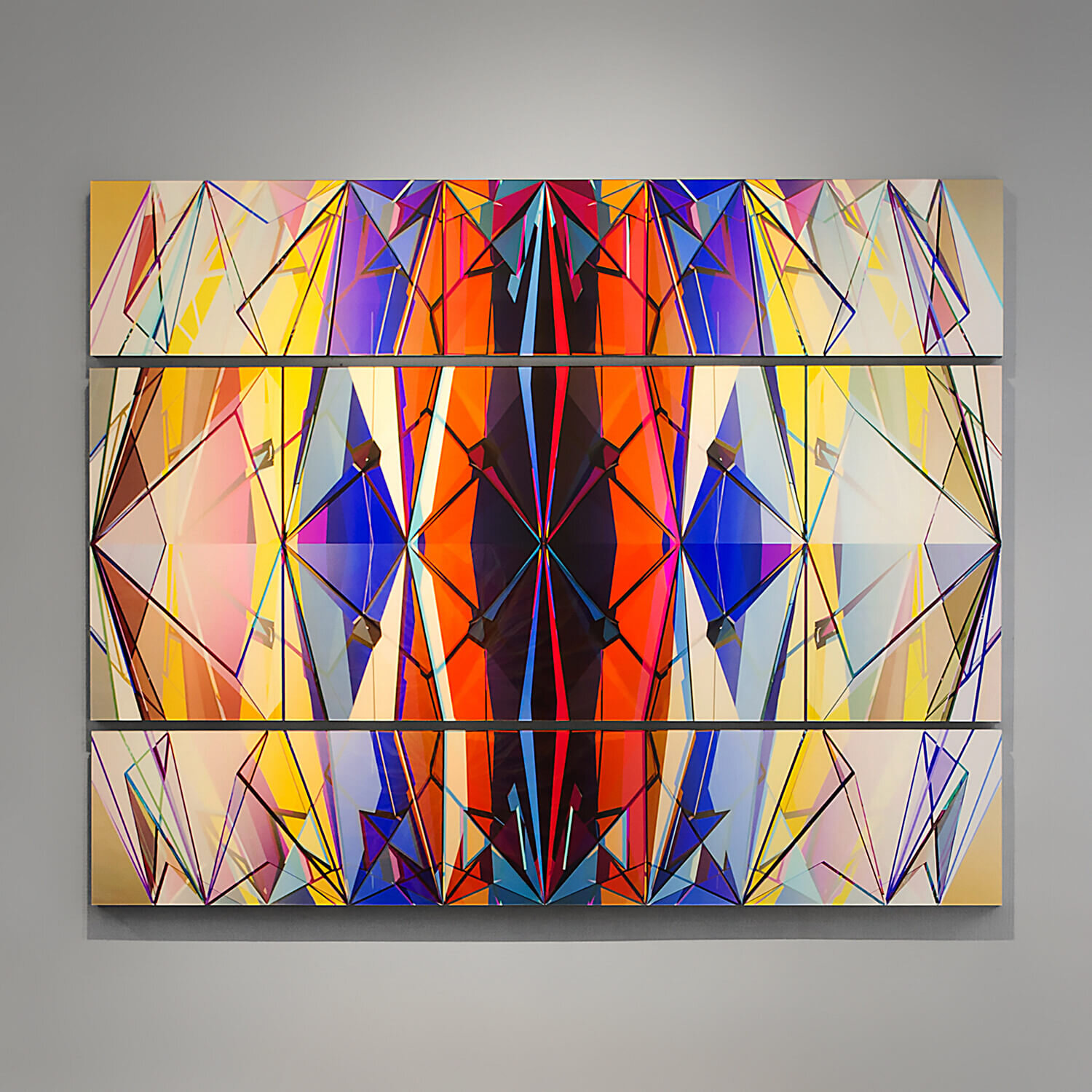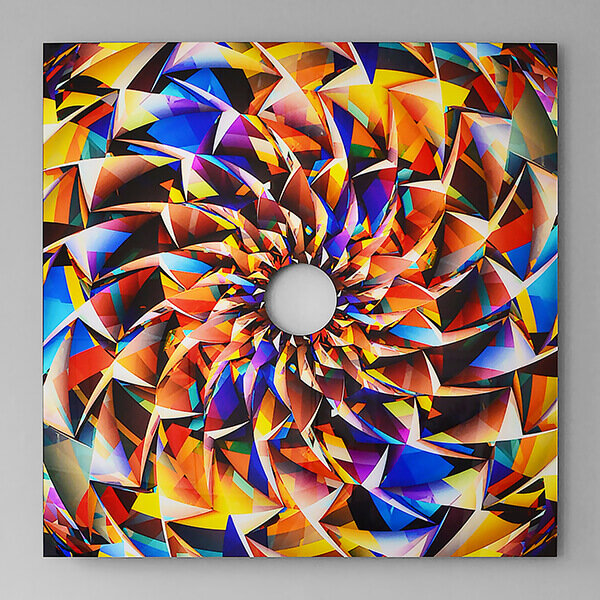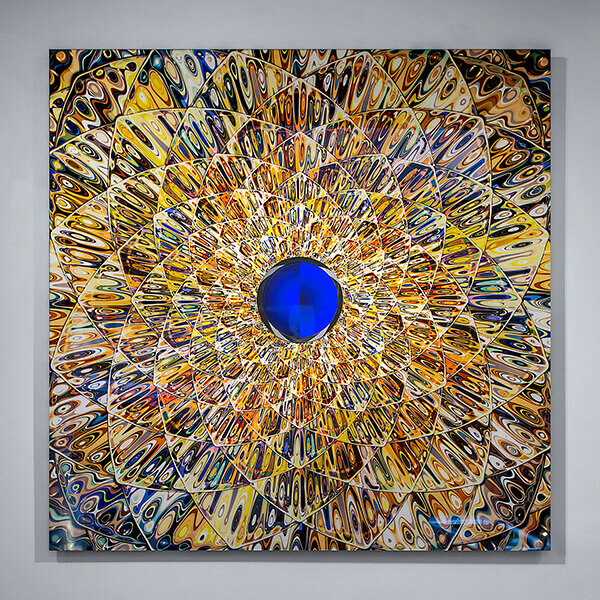About the fair
The Other Art Fair and Saatchi Art host a number of opportunities for artists to curate their own work at large fairs all over the world, but by far the most interesting of them, for me at least, is the opportunity to exhibit work at the Truman Brewery, just off Brick Lane in East London, my old stomping ground. There's a fantastically lively scene there, and the all night beigel bake is legendary, of course.
As the internet continues to disrupt the art world in myriad ways, it's unclear whether the high street gallery will continue in its current form or be forced to reinvent itself, and thereore whether artists will need to adapt the way they curate and exhibit their work as a result, both in the virtual and the real world, a distinction that is becoming more blurred with each passing year.
Perhaps the artists' fair is one part of the solution, or perhaps it's just another part of the disruption. It's hard to know with any clarity in the moment, but to some extent the art world has always thrived on it’s capacity for disruption and reinvention. It has the potential to create an energy that can drive progress in a myriad of positive ways.
Work in situ
Lockdown interview with Jamie Aherne
JA Your work is incredibly abstracted, we would love to know what inspires you to make these beautifully altered forms?
CE Nature. Life. And no plan B. Ever since I decided to go to art school back in the late Eighties, I’ve single mindedly pursued the idea of making art, and working in a studio, as a daily practice. I’ve been lucky enough to have a succession of good studio spaces to work in since I graduated in the early Nineties, first in London, and now in Bristol.
A studio should present an opportunity to work, to read, to study, and to reflect. I tend to think of art as study nowadays, a kind of research project, a visual distillery for thoughts, ideas, and explorations. I love to think about new sculptural forms, ideas that I’m currently visualising, or planning to draw, and have a constant list of pieces I’d like to make, largely based on thoughts about natural forms and plant life, on architecture, and product design, on the sheer thrill of colour and line, the way these elements interact with light, the way it moves through them.
In essence, I’m working with the most basic of things, line, light, colour, and form, to create works that abstract ideas about the world that surrounds us. For me, despite the fact we’re all taught to work with words and language at school, the real world lives in my mind through colour and form, life is primarily a visual experience, not a linguistic one.
I hope the end results evoke some beauty and some kind of poetry. It’s not my intention to overpack the work with overt references and meanings. I like the idea that art exists in the space between the work and the viewer. That’s where the energy is. There has to be some room for interpretation, for people to bring their own thoughts and feeling into the space, and layer it up with reference to their own experiences.
Ultimately art is open to interpretation, and misinterpretation, and shouldn’t constrain the viewer into a narrow world view.
It’s additionally worth noting that I’m a keen believer in the idea of working with contemporary tools, in my case that means digital tools. I love the idea of being able to paint and draw on system, but also to be able to edit, cut, paste and remix. I see this as analogous to the way in which film and music are being created nowadays. I’m interested in the liminal space between the analogue and the digital, the virtual and the material, and how the visual can exist both in the eye and on the screen, and what that means for the visual artist.
To my mind, everything is material, including the digital, and so the digital space strikes me as being a very real, and exciting, place in which to work, especially as that work can now move between the virtual and material worlds, by laser output and pigment printing, 2d and 3d scanning, CNC sculpting, laser cutting, and many other hi-tech processes that allow ideas to move on and off systems, often repeatedly, as projects progress both on and off system.
.
Link here to read the full text ⟶
.
Interview with Jamie Aherne, Spring lockdown, March 2020


















